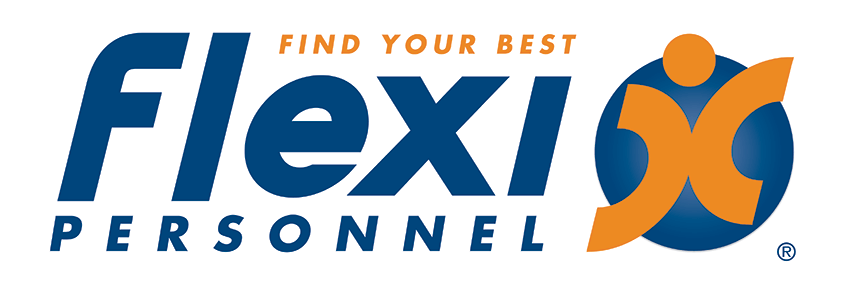
How to reduce bias and discrimination in hiring decisions
In businesses around the world, there is an increasing focus on implementing DEI strategies and creating equitable workplaces. But there’s so much work that still needs to be done to enable employees to bring their ‘whole self’ to work. Discrimination still exists in many forms, including:
- Racial
- Cultural
- Gender
- Sexuality
- Physical and Mental Disabilities
Businesses should have DEI on the agenda and prioritise strategies for ensuring their workplaces practice hiring decisions that reduce unconscious bias and discrimination. Here are a range of strategies to support this, including:
DEI Policies
Businesses should be aligned at a leadership level to foster a culture of fairness and inclusivity and this will filter down to business units . A DEI policy should underpin your other strategies and hiring decisions. It sends a clear message that your organisation values diversity and inclusion and has a commitment to provide equal opportunities to candidates and employees.
This approach also plays an important role in defining an organisation’s Employee Value Proposition, which in turn enables businesses to attract and retain top talent.
Training and Development
Unconscious Bias is unintentional prejudices that influence decision-making. Quite often, decisions will be made during the hiring process that are a reflection of unconscious bias, something the recruitment team will be completely unaware of. Training in unconscious bias will provide recruiters and Managers the skills and frameworks to understand how their decisions are made and which may be a reflection of beliefs they had (some which might be long-held). Understanding this and having this reflected in the hiring process (and within business more generally) will help support a more diverse and inclusive workplace.
Examples of Unconscious Bias in the hiring process might include: forming an ‘opinion about candidates based solely on first impressions’. Or – it might include ‘they are like us/they hold similarities with our current team’ – this is a culture fit approach (as opposed to culture add).
Blind Recruitment
Some businesses remove personal identifiers during the recruitment process such as names, genders and ages. This approach enables candidates to be assessed on their qualifications and experience only. Additionally, blind recruitment can underpin a hiring process that attracts a more qualified and skilled workforce.
Interview Process
Having a structured interview process should be implemented across the board – quite simply, it’s asking the same questions in each interview, regardless of who is being interviewed. It provides a consistent and fair evaluation process that minimises the impact of personal biases on hiring choices. Some strong examples of questions to be asked during a structured interview process can be found here.
We also recommend having a diverse interview panel – comprising existing employees who come from a range of background and experiences. This is a good strategy to both hire diverse exmployees and retain existing talent.
If you would like to discuss how to better understand how to create a more equitable hiring process, speak to the Recruitment team at Flexi Personnel.





